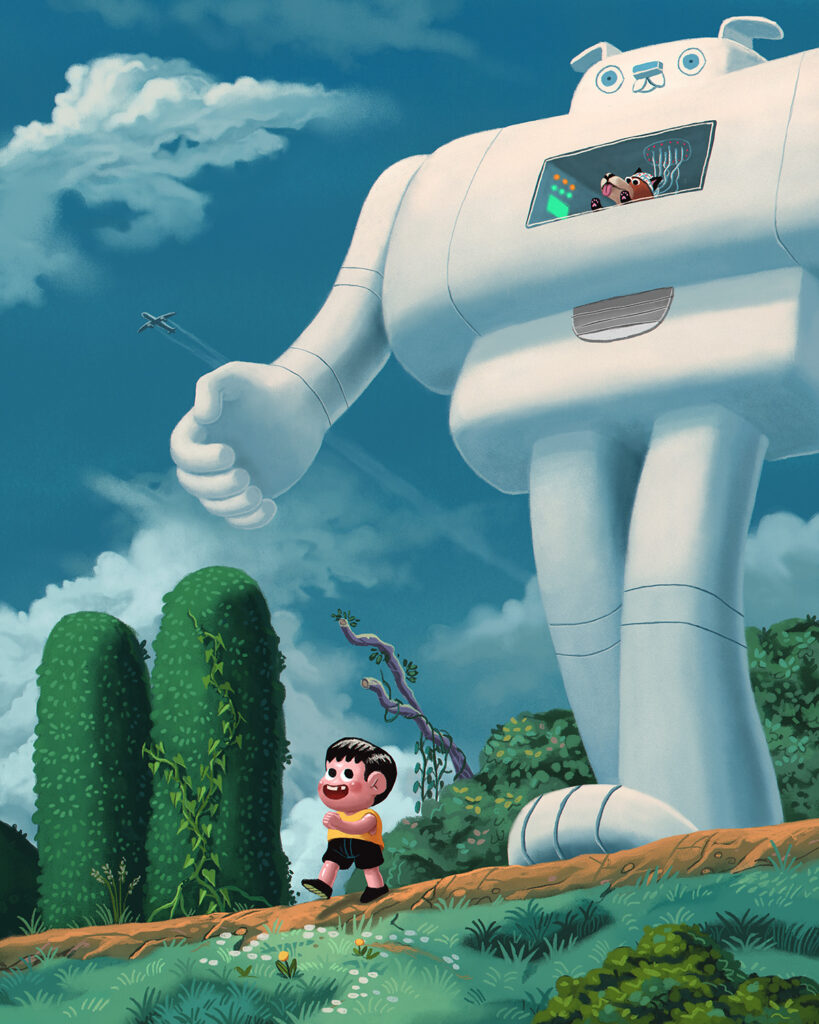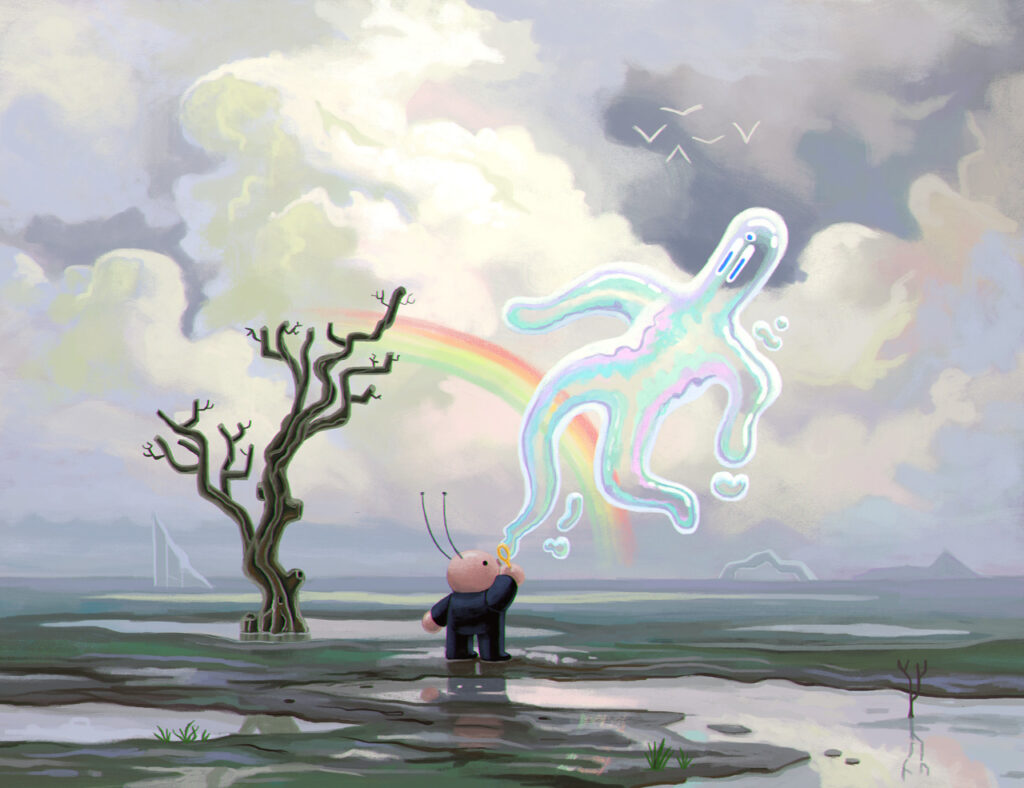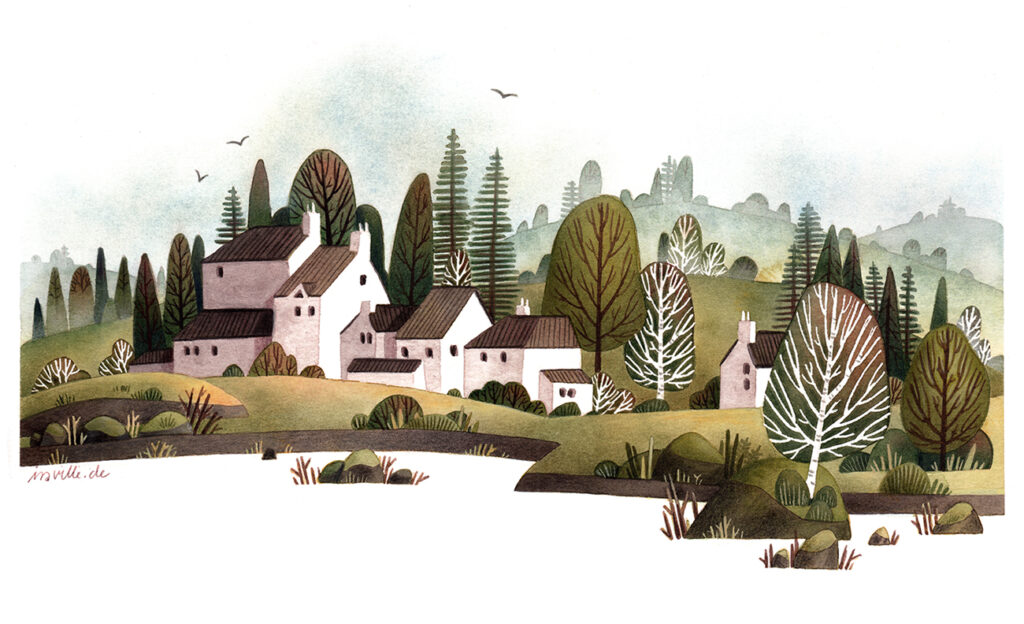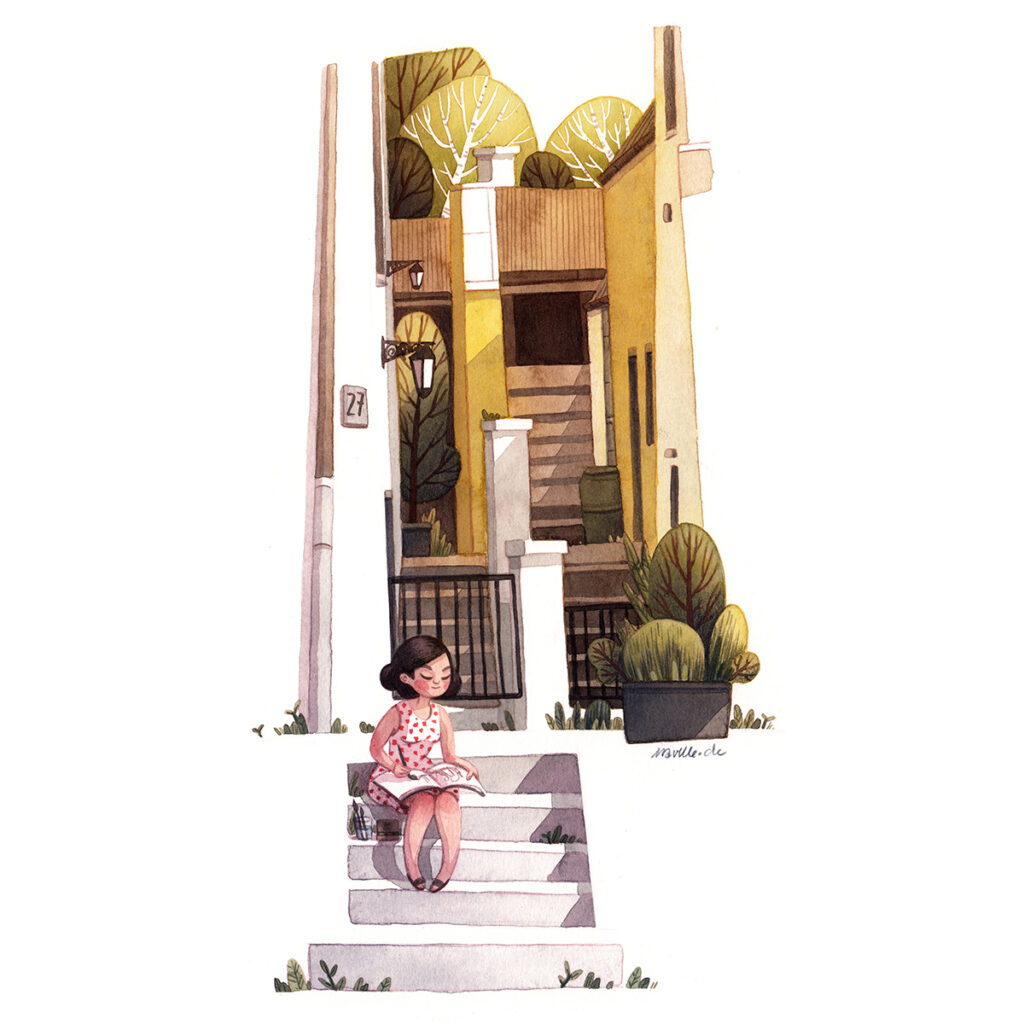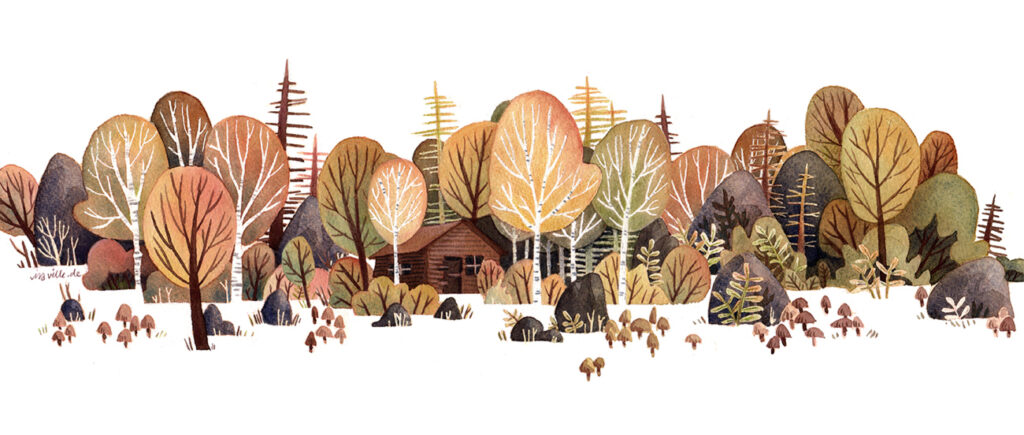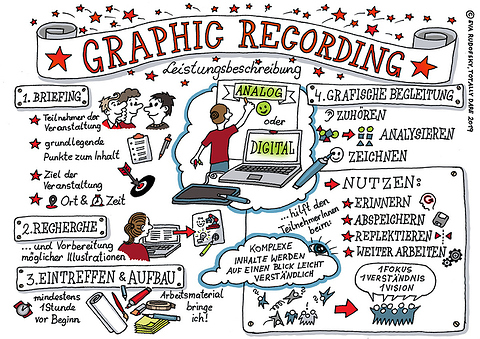Titel
South African Botanical Art: A Study of Nineteenth- and Twentieth-Century Imagery
Autor
Tamlin Blake
Datum
März 2001
Universität
University of Stellenbosch
Gestaltungshöhe
Die Masterarbeit ist sehr schlicht gehalten und wissenschaftlich formatiert. Es gibt keine zusätzlichen Designelemente o.ä. und im Text sind keine Bilder eingefügt. Diese sind ausnahmslos im Anhang zu finden. Direkte Zitate werden durch Einrückungen im Text hervorgehoben.
Innovationsgrad
Der Autor behandelt in seiner Arbeit aus dem Jahr 2001 die Gesichte, aber auch die Zukunft der botanischen Kunst in Südafrika. Es wird daher keine neues Thema behandelt, aber ein Einblick in einen spezifischen Bereich der botanischen Illustration gegeben.
Selbstständigkeit
Wie Selbstständig diese Arbeit einstanden ist, ist für mich schwer einzuschätzen. Bei den Danksagungen erwähnt der Autor die finanzielle Unterstützung durch die National Research Foundation (Südafrika) und die University of Stellenbosch. Er beteuert aber zugleich, dass seine Meinungen und die Ergebnisse der Arbeit nicht durch diese Finanzierung beeinflusst worden sind.
Gliederung und Struktur
Die Arbeit ist in viert Kaptitel zzgl. Einleitung und Fazit gegliedert. Im ersten Kapitel wir der Begriff Botanische Kunst definiert. In Kapitel Zwei widmet sich der Autor dem Thema der kapstädtischen Gesellschaft, sowie den Pflanzenbildern des 19. Jahrhunderts. Das dritte Kapitel behandelt zeitgenössische botanische Kunst in Südafrika und im vierten Kapitel beschreibt der Autor seine persönliche Erfahrung mit verschiedenen Herangehensweisen an die botanische Kunst.
Zusätzlich ist ein Literaturverzeichnis, sowie ein Anhang in dem Biografien verschiedener KünstlerInnen, ein Bildverzeichnis und ein Katalog der Arbeiten des Autors.
Der Text selbst ist sehr übersichtlich gegliedert und strukturiert.
Kommunikationsgrad
Der Autor schweift beim Formulieren seiner Sätzen kaum aus, was den Text sehr gut lesbar und verständlich macht.
Umfang der Arbeit
Die gesamte Arbeit umfasst 142 Seiten. Wenn man jedoch die diversen Anhänge, sowie Abstract, Deckblatt, Literaturverzeichnis o.ä. abzieht kommt man auf 75 Seiten puren Inhalts.
Orthographie sowie Sorgfalt und Genauigkeit
Gut verständliche Formilierungen. Keine negativen Auffälligkeiten.
Literatur
Der Autor hat für seine Arbeit 87 verschiedene literarische Werke herangezogen. Darunter befinden sich Geschichtsbücher, Botanische Aufzeichnungen, Bücher zu botanischer und afrikanische Kunst, usw.
Es wird zum Teil sehr alte Literatur verwendet, die Älteste darunter von 1829. Am häufigsten wird jedoch Literatur in einem Zeitraum von 1980-2000 verwendet.
